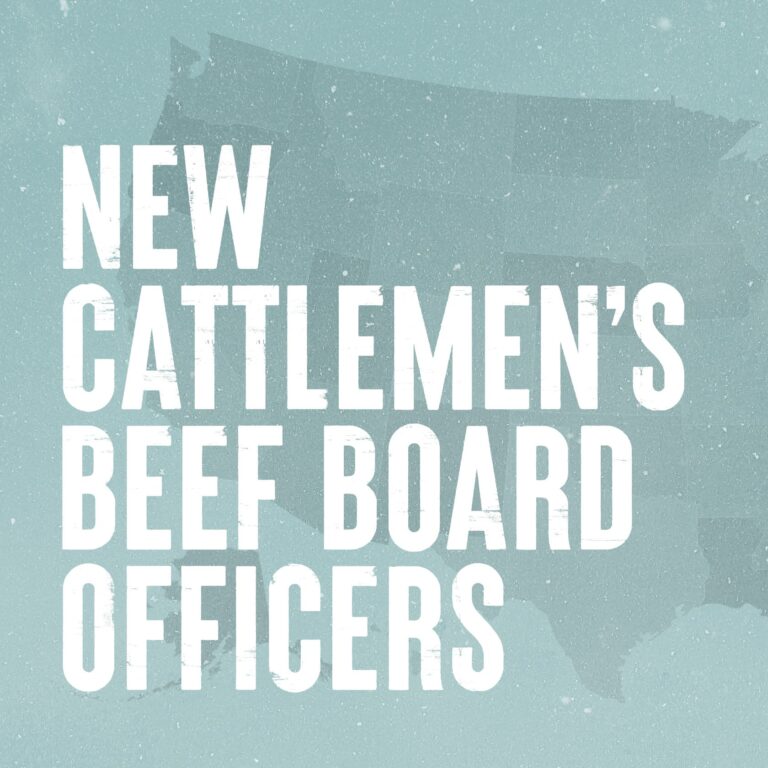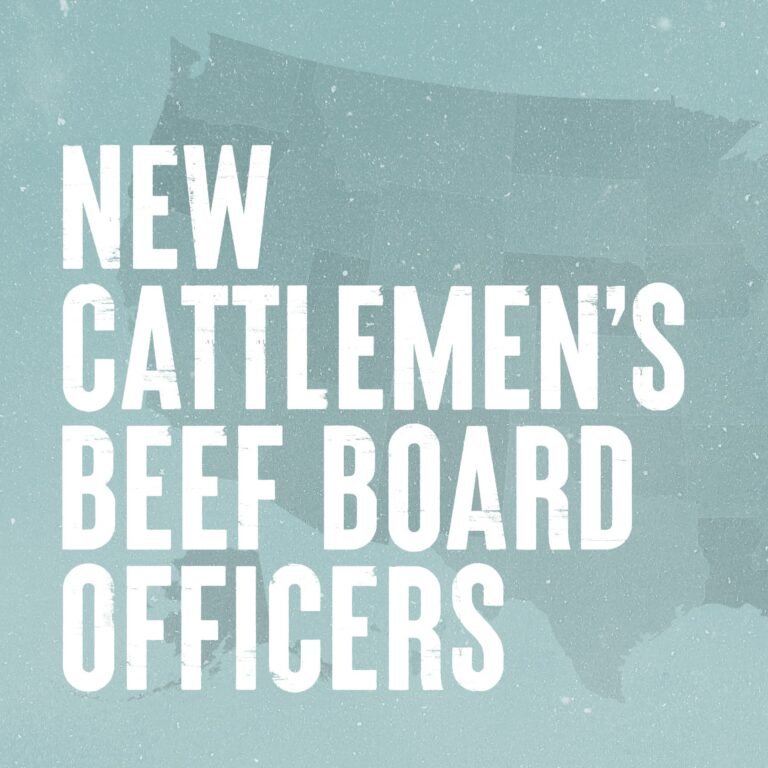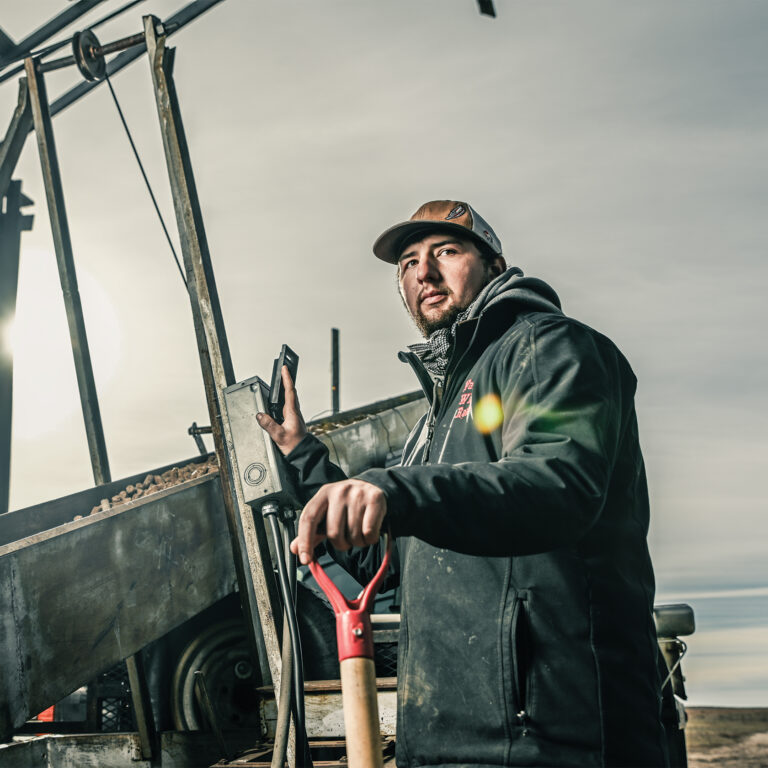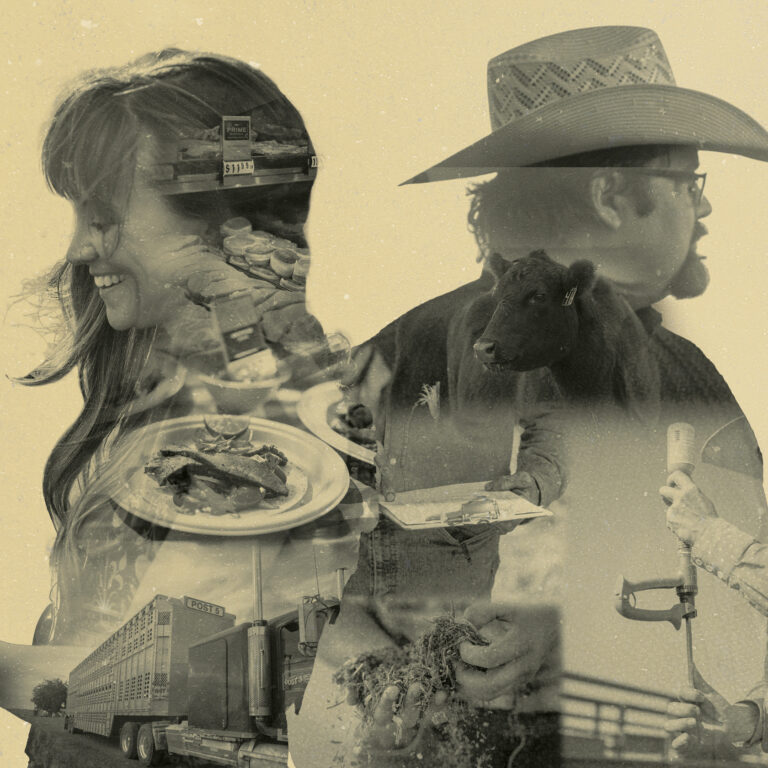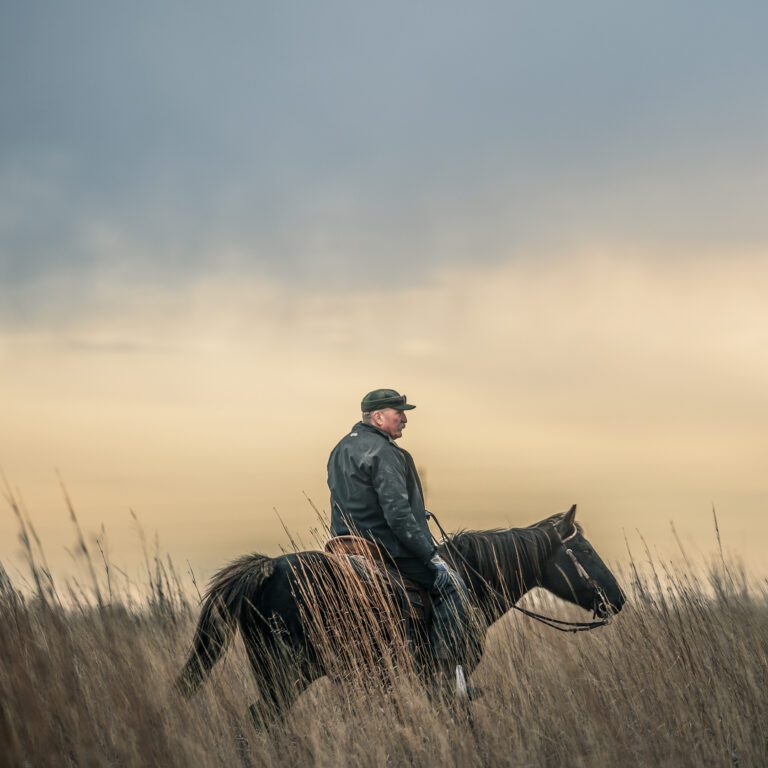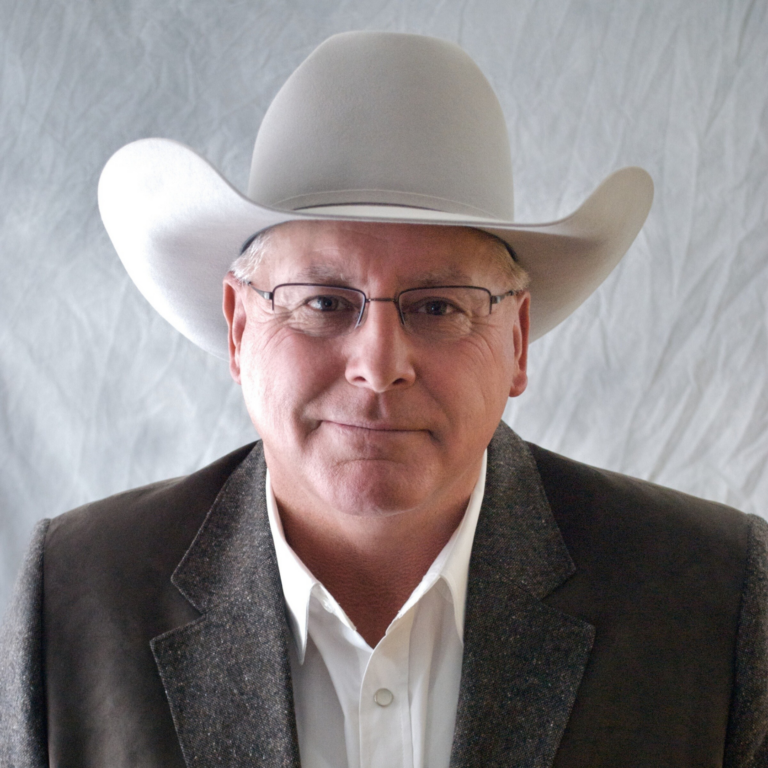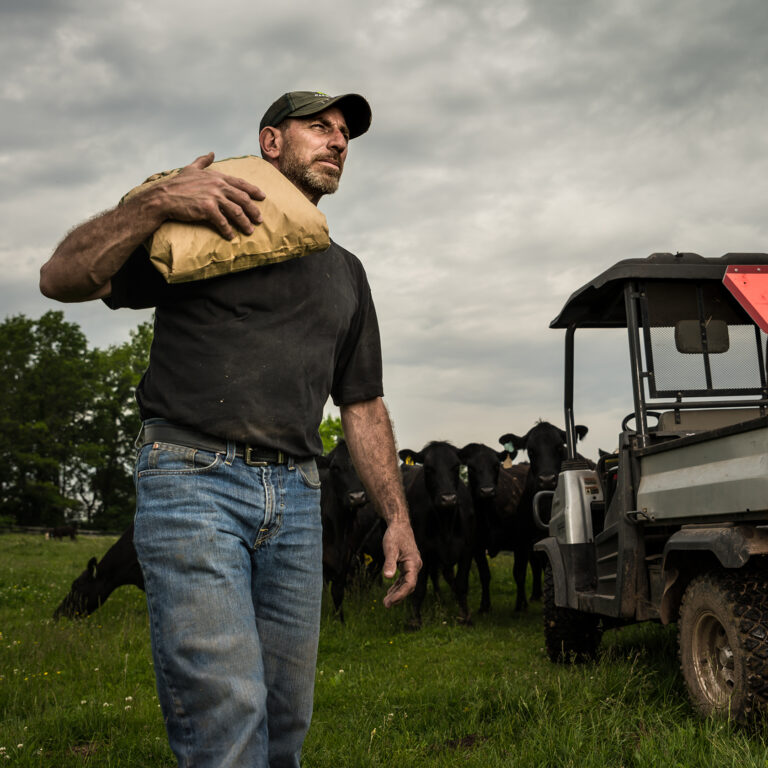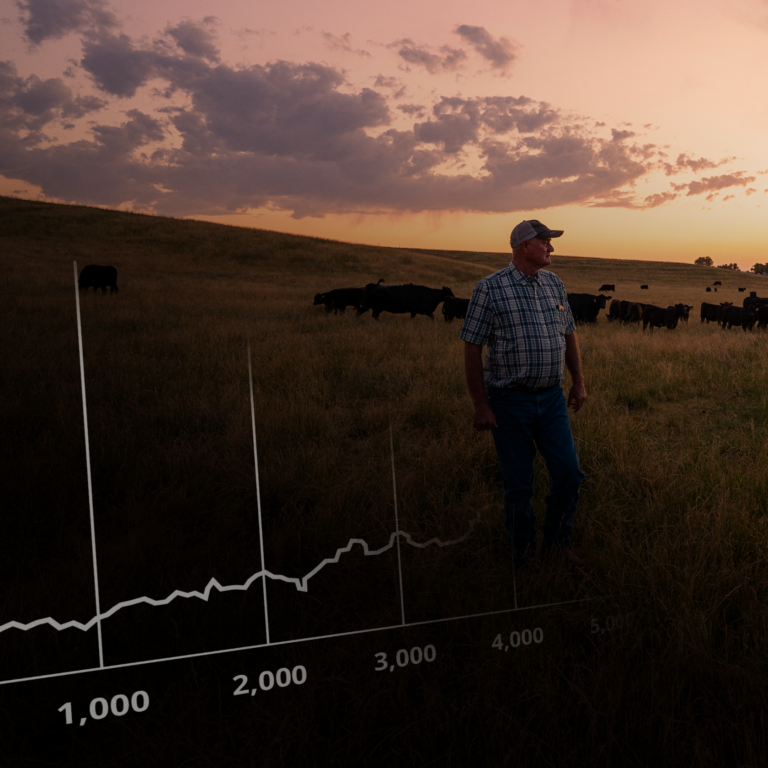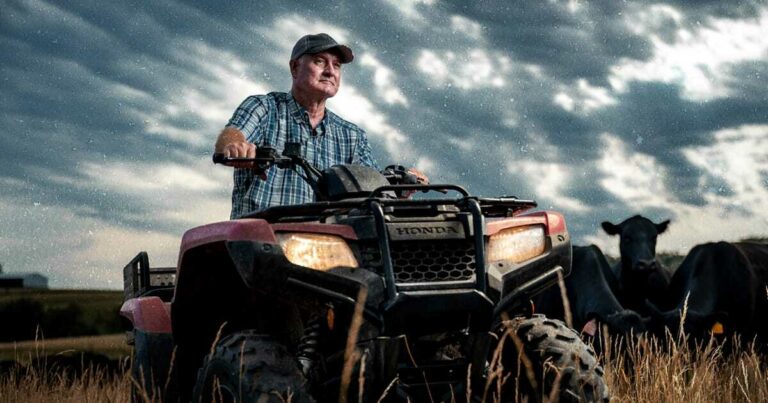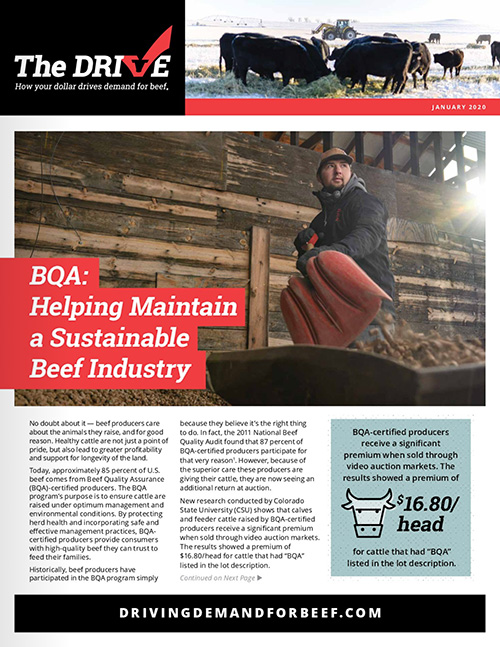Producer-Led Beef Checkoff Committees Explained
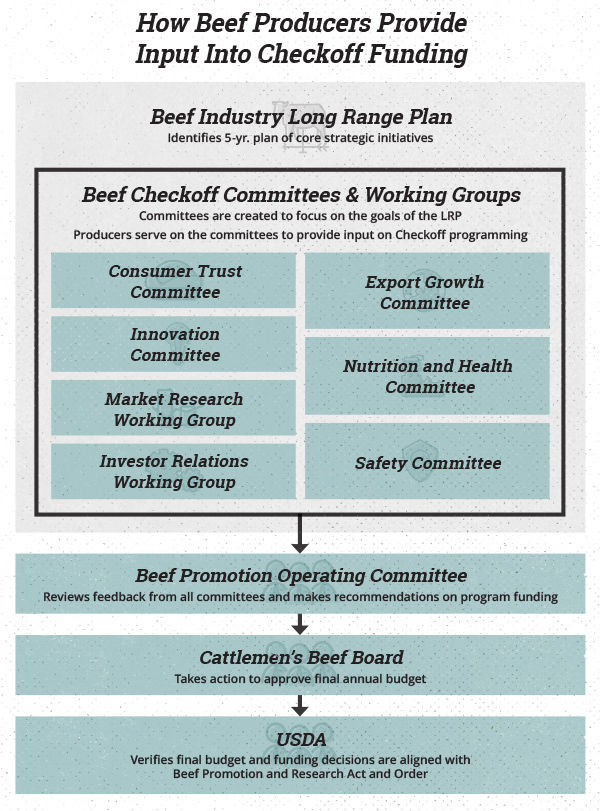 The national Beef Checkoff was established as part of the 1985 Farm Bill and initiated by beef producers when 79 percent voted to make the Checkoff mandatory in a 1988 national referendum. To this day, the Checkoff is still producer-led. To accomplish the goals and objectives of the Beef Industry Long Range Plan, Checkoff committee members from the Cattlemen’s Beef Board (CBB) and the Federation of State Beef Councils collaborate together to drive demand for beef.
The national Beef Checkoff was established as part of the 1985 Farm Bill and initiated by beef producers when 79 percent voted to make the Checkoff mandatory in a 1988 national referendum. To this day, the Checkoff is still producer-led. To accomplish the goals and objectives of the Beef Industry Long Range Plan, Checkoff committee members from the Cattlemen’s Beef Board (CBB) and the Federation of State Beef Councils collaborate together to drive demand for beef.
Producer leaders on the CBB with backgrounds in cow/calf, feeder, stocker, veal, dairy and imports oversee the investment of Checkoff funds. Nominated through a certified nominating organization, each member has the responsibility of serving on committees with specific functions.
The Beef Checkoff program committees and working groups are formed based on the strategies identified in the Long Range Plan; consumer trust, export growth, innovation, investor relations, market research, nutrition and health and safety. These committees review Checkoff work and make recommendations to the Beef Promotion Operating Committee, which ultimately makes program and contractor funding decisions. Approved contractors then develop plans and programs in the areas of promotion, research, consumer information, industry information, foreign marketing and producer communications. Also, the Checkoff has two additional joint committees with members of the CBB and Federation: the Beef Promotion Operating Committee and the Checkoff Evaluation Committee.
Members of Beef Checkoff program committees and working groups are split evenly with 20 members from the CBB and 20 members representing the Federation of State Beef Councils – the Beef Industry Council’s successor organization. This split reflects both national and state priorities and helps the Beef Checkoff spend dollars more effectively and efficiently.
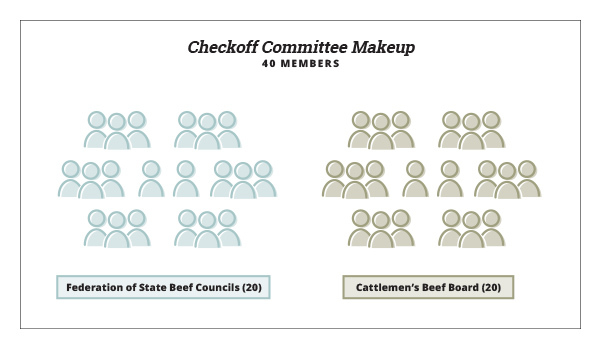 The Beef Promotion Operating Committee has 20 members, 10 of whom are elected to serve by the Cattlemen’s Beef Board, while the other 10 are selected by the states through the Federation of State Beef Councils. No program is approved unless two-thirds of the members of the Operating Committee vote to accept it. This means a program must have recognized value to earn the consensus needed for funding.
The Beef Promotion Operating Committee has 20 members, 10 of whom are elected to serve by the Cattlemen’s Beef Board, while the other 10 are selected by the states through the Federation of State Beef Councils. No program is approved unless two-thirds of the members of the Operating Committee vote to accept it. This means a program must have recognized value to earn the consensus needed for funding. 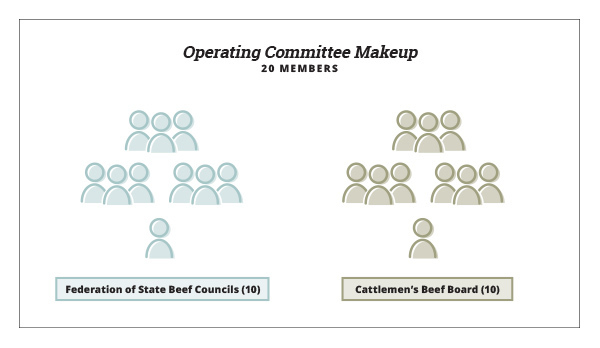
There are two administrative committees under the CBB: Executive and Budget and Audit. Committees under the CBB administer matters related to the Beef Promotion Research Act and Order.
Committee members make significant decisions for the Beef Checkoff and the industry; that’s why the CBB encourages producers across the U.S. to get involved in the process. All Checkoff meetings are open for producers to attend. Visit the meeting center DrivingDemandForBeef.com to see upcoming meetings and teleconferences. To become a member of the board, a producer should work with a certified nominating organization to become nominated, then appointed by the Secretary of Agriculture. The Beef Checkoff is a program built by producers for producers and is strengthened by those involved who lend their voices, thoughts and ideas.
The Beef Checkoff program was established as part of the 1985 Farm Bill. The checkoff assesses $1 per head on the sale of live domestic and imported cattle, in addition to a comparable assessment on imported beef and beef products. States may retain up to 50 cents on the dollar and forward the other 50 cents per head to the Cattlemen’s Beef Promotion and Research Board, which administers the national checkoff program, subject to USDA approval.



